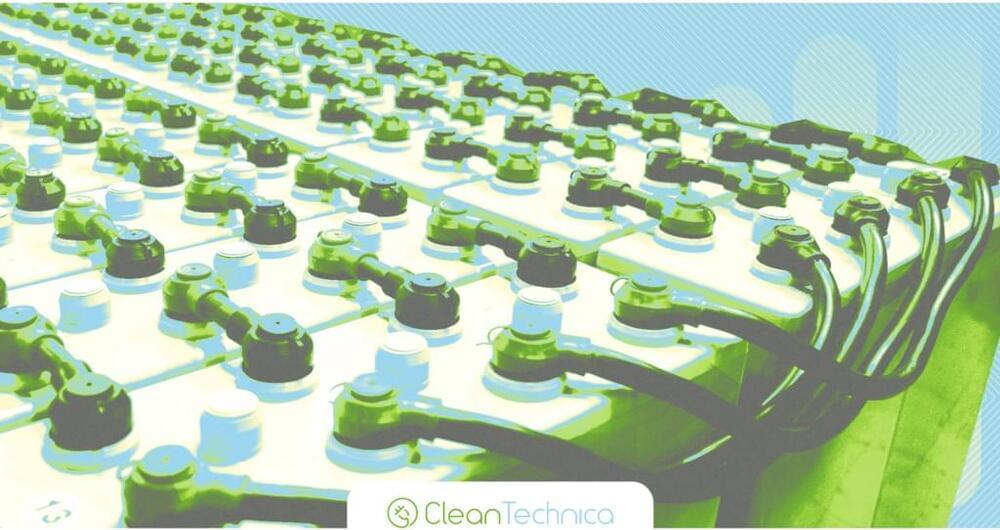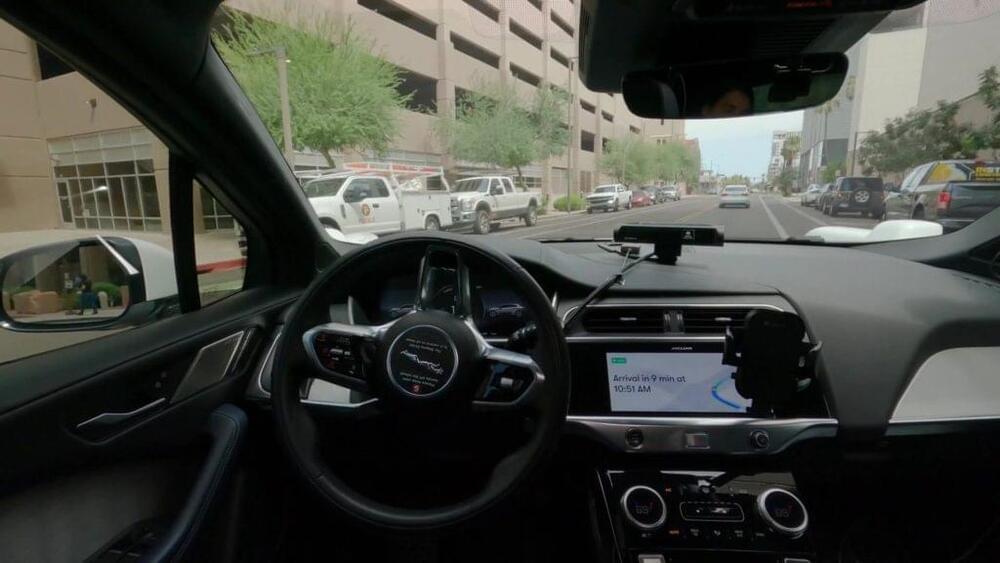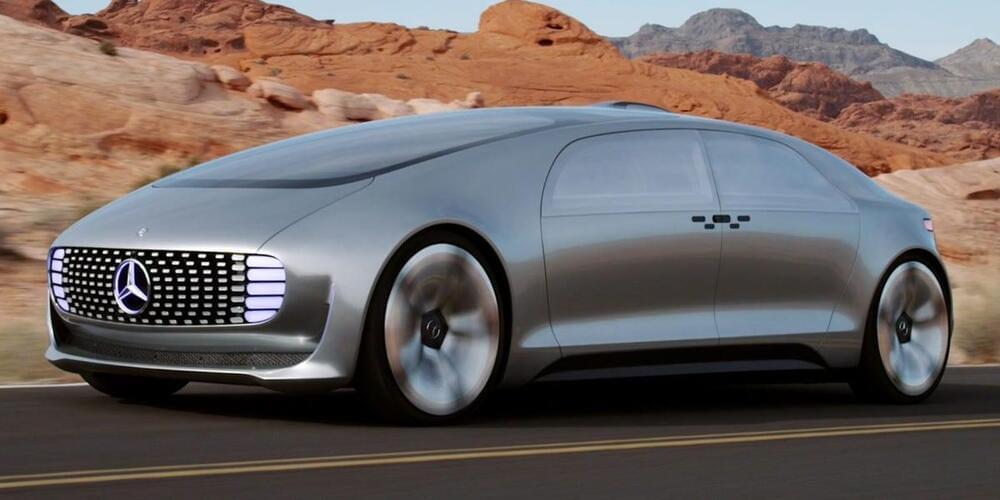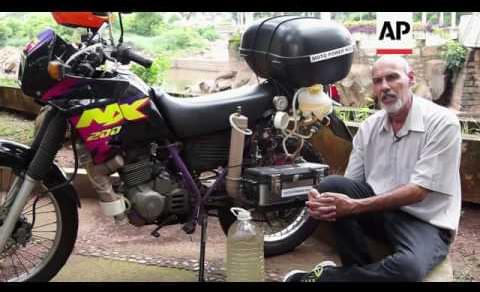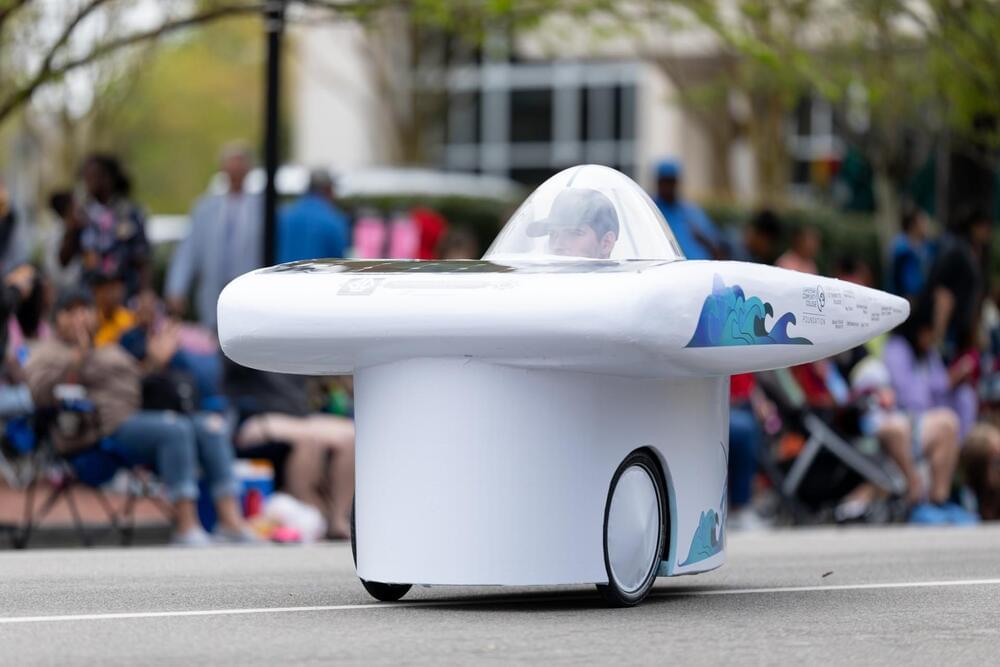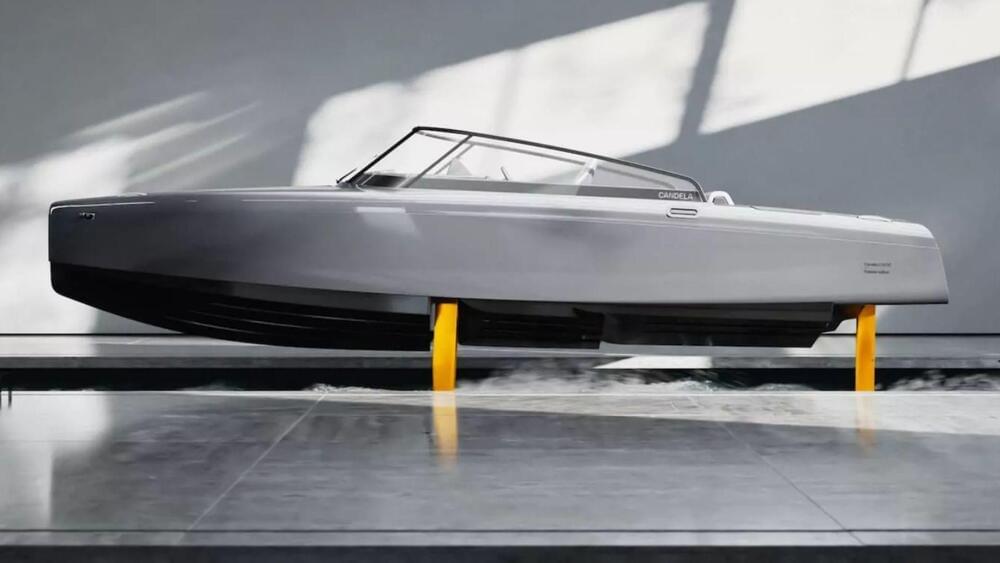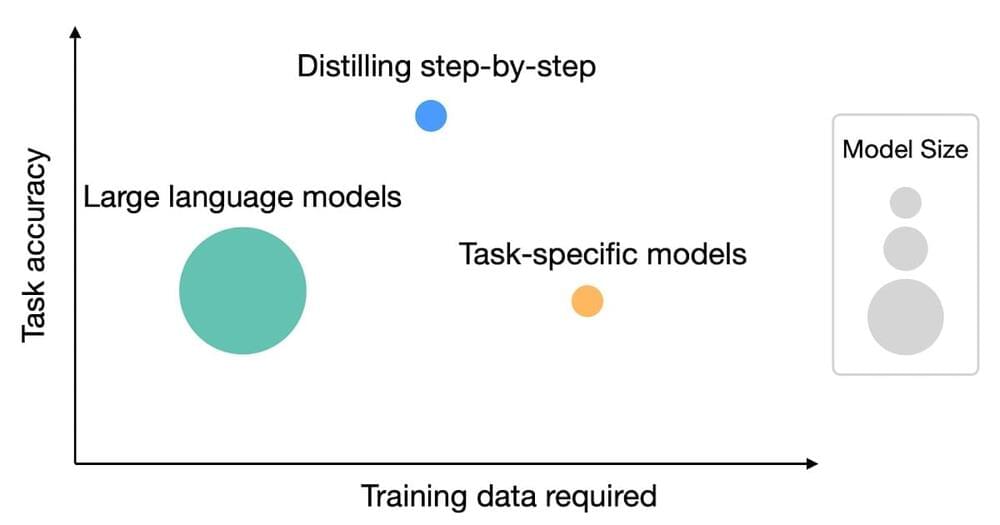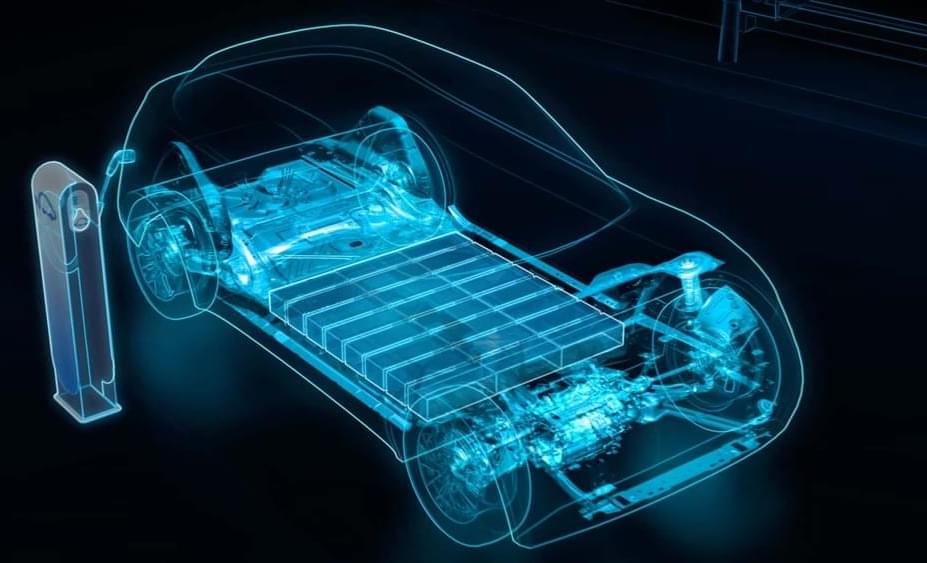Sep 24, 2023
New Consortium to Make Batteries for Electric Vehicles More Sustainable
Posted by Omuterema Akhahenda in categories: energy, sustainability, transportation
Lithium-ion batteries could get a significant boost in energy density from disordered rock salt (DRX), a versatile battery material that can be made with almost any transition metal instead of nickel and cobalt.
DRX cathodes could provide batteries with higher energy density than conventional lithium-ion battery cathodes made of nickel and cobalt, two metals that are in critically short supply.
Continue reading “New Consortium to Make Batteries for Electric Vehicles More Sustainable” »
